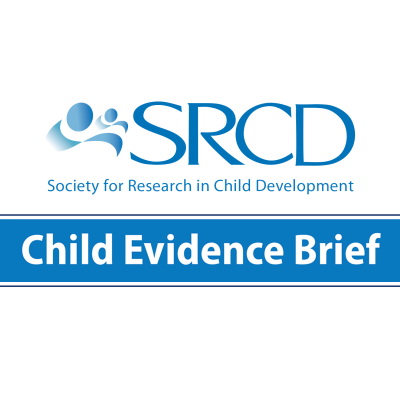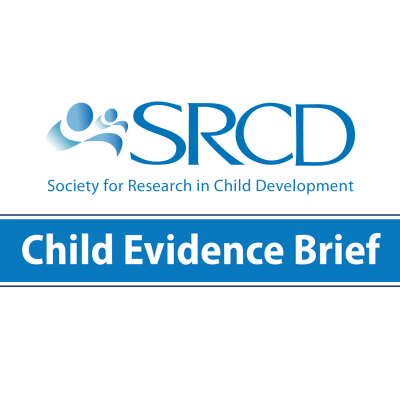Head Start’s Benefits Likely Outweigh Program Costs
Social Policy Report Brief, Volume 21, Issue 3
Why Does This Matter?
Head Start is a $6.78 billion program that provides early childhood education and other services to almost 1 million American children from low-income families. A new review of the program and its benefits suggests the value of increased investments in early childhood education.
Although there has long been considerable debate over Head Start, a new review suggests the program may generate benefits in excess of program costs.
Policy Implications
Researchers conducting a review of Head Start (see What the Research Says) found:
- The success of a social program is more usefully judged by benefit-cost analysis than by other benchmarks.
- There is a plausible case to be made that the benefits to Head Start probably outweigh the program’s costs.
- The usual “efficiency standard” in public economics is to invest up to the point where the marginal dollar invested generates exactly one dollar more in program benefits. By this standard, the case can be made for substantially expanding existing investments in early childhood education.
- There might be more cost-effective ways of using Head Start resources, including making the program more academically oriented and shifting public dollars to state pre-kindergarten programs. However, uncertainty about the effects of these changes and potential downsides make it risky to change the current Head Start model.
- Given current evidence, it is difficult to determine how best to target new public investments in early childhood development. Modest investments in research can shed light on the key questions for expanding early childhood education and the “active ingredients” in effective programs.
What the Research Says
According to a new review of available research:
- A growing body of evidence suggests that Head Start as the program operated through the 1980s may pass a benefit-cost test. (The program has been changing since then, so it is difficult to extrapolate impacts on poor children from several decades ago to impacts today.)
- The Head Start Impact Study, a recent experiment conducted for the U.S. Department of Health and Human Services, provides rigorous evidence about the program’s short-term impacts. However a variety of projections must be made about how short-term impacts for today’s children translate into long-term outcomes as they grow older.
- Using different methods of estimating how short-term experimental impacts might translate into long-term outcomes, program impacts that are small by the usual standards of education research could still be big enough to generate lifetime economic and other benefits to Head Start participants that are large enough to outweigh program costs.
- The findings for Head Start are consistent with the evidence available for a variety of other early childhood interventions, from relatively low-cost, largescale programs like Head Start and the Chicago Child-Parent Centers to small, intensive randomized experimental programs like Perry Preschool and Abecedarian, which also seem to generate lasting program benefits that exceed program costs.
Facts at a Glance
- At $9,000 per child, short-term effect sizes may be enough for Head Start to generate both short- and long-term benefits that exceed costs.
- According to a study done in 2002, non-Hispanic white children who were in Head Start are about 22% more likely to complete high school than their siblings who were in some other form of preschool, and about 19% more likely to attend some college.
- The same study found that for African-Americans, the estimated Head Start impact on schooling attainment is small and not statistically significant. But African-American children who were in Head Start relative to other preschool programs were 12% less likely to be arrested and charged with a crime.
- Another study of African-Americans and whites found that a 50 to 100% increase in funding for Head Start is associated with an increase in schooling attainment of about six months and a 15% increased likelihood of attending some college.
This brief summarizes a longer Social Policy Report, "The Benefits and Costs of Head Start," by Jens Ludwig, Professor of Social Service Administration, Law, and Public Policy at the University of Chicago, and Deborah Phillips, Professor of Psychology at Georgetown University.


